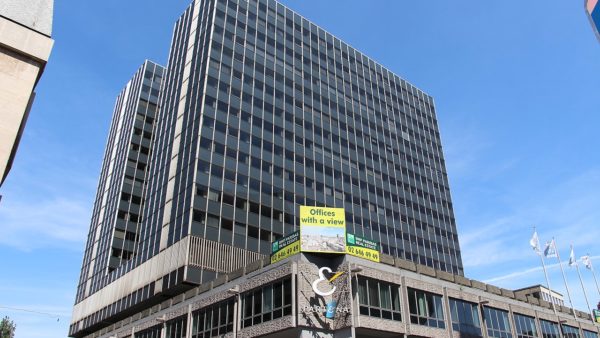The US has joined financial forces with Japan and Australia to launch an Asia investment programme intended to compete with China’s $1 trillion Belt and Road initiative.
The idea was announced by Secretary of State Mike Pompeo on Monday, prior to his five-day tour of Southeast Asia, which begins today (1 August).
Few details of the initiative are known, but Pompeo is expected to make further announcements during his travels to Malaysia, Singapore and Indonesia.
In the speech to the Indo-Pacific Business Forum, which was broadcast on YouTube, Pompeo said America’s “Indo-Pacific Economic Vision” would rely on some $113m of government money to prime the pump for private sector investment in the region from the west coast of North America to the west coast of India.
The overall programme will be managed by a newly created agency, the US International Development Finance Corporation (USIDFC), which could be used to provide up to $60bn in loans and guarantees to private investors.
Although the speech only mentioned China in passing, the move is being seen as part of the US’ efforts to contain China’s growing influence throughout east, south and central Asia.
Pompeo said the US’ aim was to oppose any country that sought “domination” in the region, and to keep it “free and open” – a phrase he used repeatedly.
In a thinly veiled reference to the Belt and Road plan, and the dispute over ownership of the South China Sea, he said: “We all want all nations, every nation, to be able to protect their sovereignty from coercion by other countries. We want the peaceful resolution of territorial and maritime disputes.”
He added that the US carried out “more two-way trade in the Indo-Pacific” than any other country, and that in Southeast Asia, “the US is the single largest source of cumulative foreign investment – larger than China, Japan and the EU”.
The $113m will be spent partly on energy and infrastructure initiatives, and would be boosted by $50m of spending over the course of 2018 to help countries produce and store their energy and support infrastructure development. The US has also signed a $35m investment deal with Mongolia to develop new sources of water.
China yesterday welcomed the US move as it would help to further the aims of the Belt and Road plan.
A foreign ministry spokesperson said: “We hope these countries can offer some real money and real measures to improve regional connectivity and help with the development of countries in the region.”
However, he added that China would wait and see what the Indo-Pacific Economic Vision amounted to in practice. “There is a Chinese proverb that it is better to take action than shout with a loud voice,” he said.
Teng Jianqun, a researcher at China Institute of International Studies, told the South China Morning Post that the size of the proposed investment would be too small to have any substantial impact on the Belt and Road, and probably amounted to a “diplomatic gesture.”
Meanwhile, the right-wing American Enterprise Institute agreed that the plan outlined by Pompeo lacked detail.
Michael Mazza commented: “The Trump administration has yet to define the exact nature of the ‘central role’ [it wants the US to adopt].
“The Obama administration formally embraced the concept of ‘ASEAN centrality’ and made Southeast Asia an important focus of its pivot to Asia, but similarly neglected to adequately explain why the subregion was so important to American interests and what it hoped to achieve there.”
Image: Secretary of State Mike Pompeo at the Indo-Pacific Business Forum (YouTube)
Further reading










